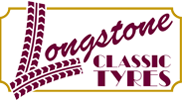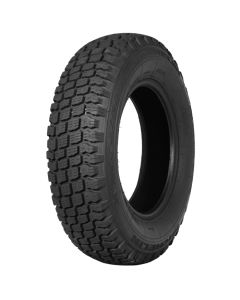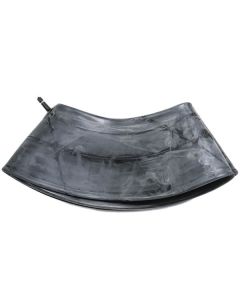Range Rover Tyres
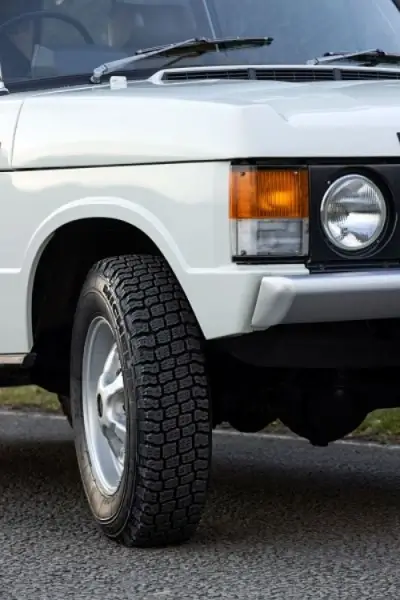
Classic Range Rover on 205 R 16 Michelin X M+S Tyres
Classic Range Rover Tyres
- Early series 1 Range Rover classic fitted 205 R 16 Michelin X M+S tyres.
- Fortunately Michelin are making this early Range Rover tyre again.
- Series 1 Range Rover tyre pressures are 25psi front and rear, with an extra 10psi in the rear when fully loaded and towing.
- The Michelin X M+S Classic Range Rover Tyre is a tubeless tyre. However if you do wish to fit an innertube we would suggest the Michelin 16F Reinforced innertube.
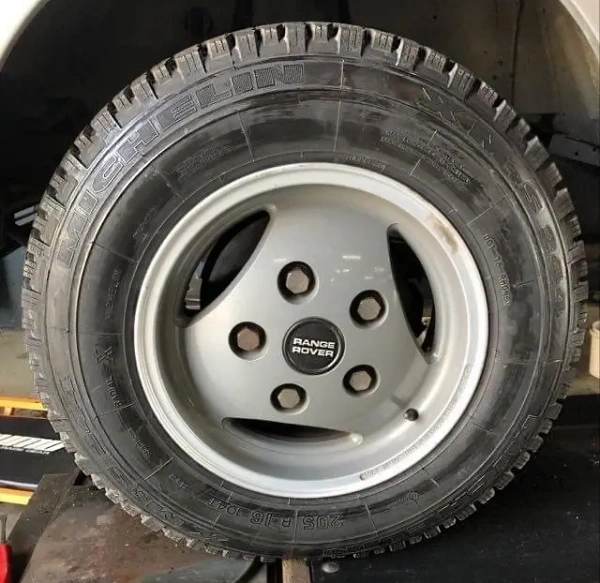
205 R 16 Michelin X M+S Tyres on a Classic Range Rover Wheel
Glen Clarke from the “Range Rover classic owners” Facebook group said:- “Best tyre ever for the Classic Range Rover!”


Classic Range Rover fitting a new set of 205 R 16 Michelin X M+S Tyres

Range Rover Chassis on 205 R 16 Michelin X M+S Tyres
History of the Range Rover
The first-generation Range Rover was manufactured between 1969 and 1996. Until 1981, it was only available in a 2-door body; before that, 4-door variants were created by specialised manufacturers. The original Range Rover, unlike other 4x4s, was not intended to be a luxury car. The early Range Rovers featured simple, utilitarian interiors with vinyl seats and plastic dashboards intended to be cleaned down with a hose.
The Range Rover, like the modern Series Land Rovers, had a body-on-frame design and a box section ladder chassis. The Range Rover was built with coil springs rather than leaf springs, had continuous four-wheel drive, and four-wheel disc brakes. Initially, the Range Rover was powered by a variety of Rover V8 and diesel engines. The Range Rover was first equipped with a detuned 130 hp version of the Buick Rover V8. The engine was modified with Lucas fuel injection in 1984, increasing output to 155 hp. For the 1990 model year, the 3.5-litre engine was bored out to 3.9 litres, and 4.2 litres in 1992 for the Vogue LSE.
The adoption of a four-door body was one of the first substantial alterations in 1981. Twin Thermo fan technology was developed shortly after to prevent substantial overheating problems reported by 1970s versions in Australia. The Rover SD1 passenger vehicle used the same engine. Project Beaver was the codename for the diesel project. The project broke 12 records, including the quickest diesel off-roader to hit 100 mph and the greatest distance travelled by a diesel off-roader in 24 hours.
Project Otter was announced in 1990. This was a modestly tweaked 2.5-litre, 119-bhp variant of the 2.4-litre 'Beaver.' Land Rover eventually launched their own diesel engines in the Range Rover in 1992, beginning with the 111 bhp 200TDi, originally seen in the Land Rover Discovery, and followed in 1994 by the 300 TDi, also with 111 horsepower. The original model served as the foundation for the 1989-introduced 1st generation Discovery and the 2nd generation Range Rover, which was built on the Classic's LWB chassis.
